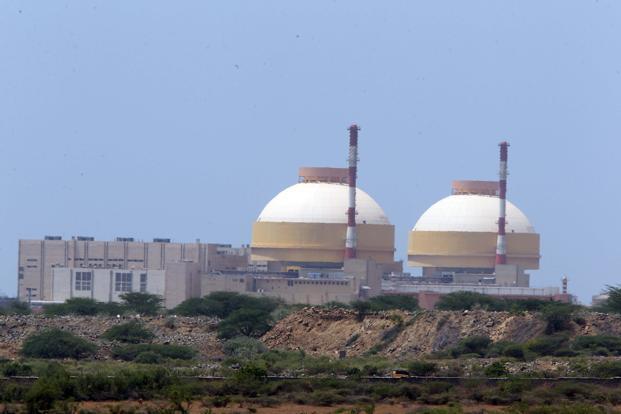
New Delhi: Eight years after India and the US signed a pact to collaborate in civil nuclear energy, US companies are evincing interest in entering the Indian market worth an estimated $150 billion.
According to a person familiar with the development, who did not want to be named, Westinghouse Electric Co. Llc is among several companies lining up not only to enter the Indian market but also to increase the number of power plants they are constructing in India.
There is speculation that Nuclear Power Corp. of India Ltd (NPCIL) and Westinghouse could sign an updated agreement on the construction of as many as six reactors in Gujarat—up from two plants agreed to earlier—when Prime Minister Narendra Modi travels to Washington on 31 March-1 April for the fourth Nuclear Security Summit.
“All major vendors are requesting us to increase the number of reactors” and this includes Westinghouse and France’s Électricité de France, or EDF, which is looking at constructing six power plants in Jaitapur in Maharashtra, up from the two agreed to in 2010. In the case of Westinghouse, an agreement was reached in 2013 to build two power plants in Mithivirdi in Gujarat’s Bhavnagar district.
The person cited above did not give the number of reactors that Westinghouse was planning to build.
India signed a preliminary “early works agreement” with Westinghouse Electric Co. Llc in 2013, following the conclusion of the landmark India-US nuclear agreement in 2008 that gave India the opportunity to enter the global nuclear scene after a gap of 34 years. But no US company has been willing to invest in India’s nuclear power market for fear of the liability clause in its domestic law. Passed by the Indian Parliament in 2010, the law stipulates that equipment suppliers are accountable for accidents and not the plant operators, as is the global norm.
The fact that US companies could not invest in India’s nuclear energy market despite the US having pushed the deal with India did result in souring of India-US ties.
“India is trying to take the nuclear path for power supply in a big way. We are keenly looking at the entire discussion currently going on around the liability issue,” said Banmali Agrawala, president and chief executive officer of GE South Asia. GE has a strong global presence in nuclear power equipment production.
But last year, India launched an insurance pool with a liability cap of Rs.1,500 crore ($225 million) to cover the suppliers’ risk of potential liability. And earlier this month, India ratified the Convention on Supplementary Compensation (CSC) for Nuclear Damage to the International Atomic Energy Agency (IAEA), making India part of a global legal regime that has established a standard for compensation of victims in the event of a nuclear accident. Significantly, CSC also requires signatories to shift liability to the operator.
India has plans to construct many nuclear power plants to fuel its economic growth. The size of the Indian nuclear power market is estimated at $150 billion by various accounts. Energy-starved India also wants to dramatically increase its nuclear capacity to 63,000 megawatts (MW) by 2032, as part of a broader push to move away from fossil fuels, cut greenhouse gas emissions and avoid the dangerous effects of climate change.
At present, nuclear power accounts for only 2% of India’s 284 gigawatt power capacity. Fossil fuels such as coal, gas and oil account for 70% of power output, followed by large hydroelectric projects contributing 15% and renewable sources 13%.
Russia is building six reactors in southern India and is in talks for another six. During the just concluded visit by French president Francois Hollande, India and France signed a reworked pact to build six nuclear plants at Jaitapur, Maharashtra.